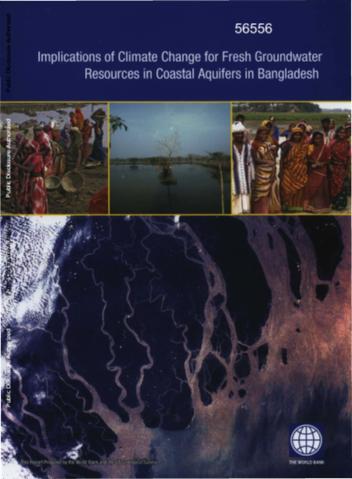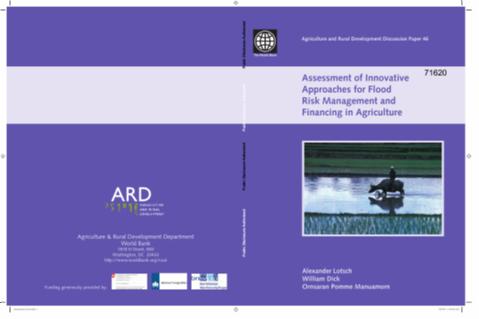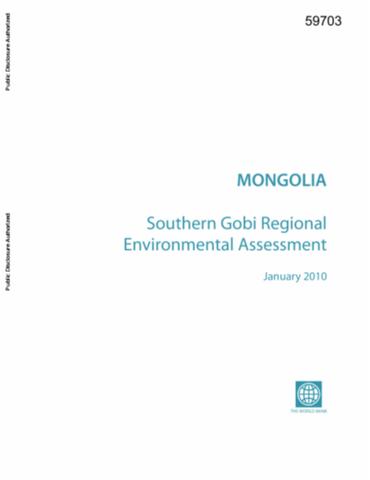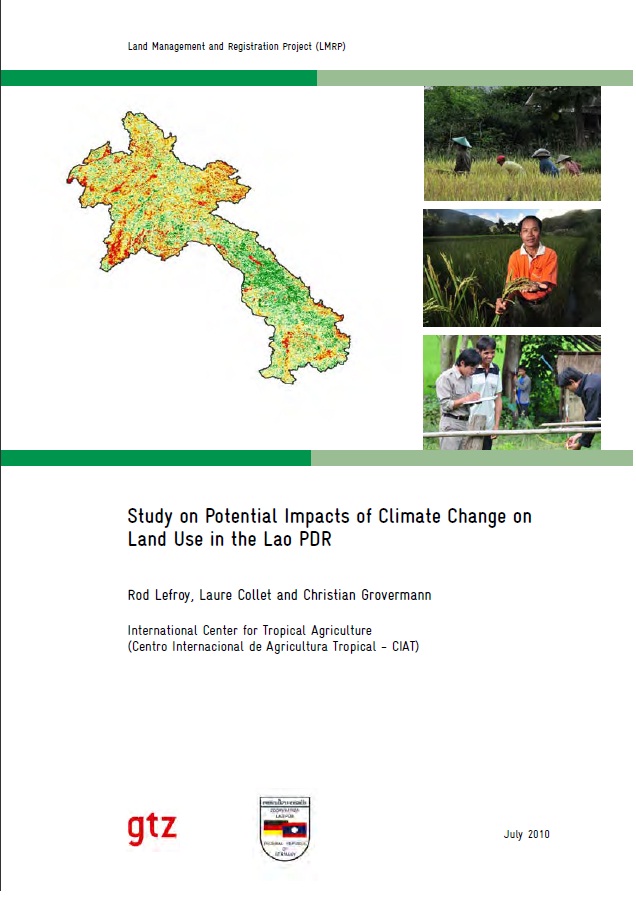Implications of Climate Change for Fresh Groundwater Resources in Coastal Aquifers in Bangladesh
The objective of this study is to improve understanding of the implications of climate change for the groundwater systems in coastal Bangladesh. This is achieved by: (a) obtaining available geologic, hydrologic, and geochemical information on coastal aquifers of Bangladesh; (b) developing groundwater flow and salt transport models representing general features and conditions along the coast of Bangladesh; and (c) simulating potential changes in the groundwater systems due to various aspects of human activity and climate change.







